See the fruits of Niki de Saint Phalle and Jean Tinguely's creative and romantic union at Hauser & Wirth Somerset
An intimate exhibition at Hauser & Wirth Somerset explores three decades of a creative partnership

Niki de Saint Phalle and Jean Tinguely were both immensely influential artists in their own right. Saint Phalle’s sprawling sculptural practice saw her build a famous tarot garden in Tuscany, with her work often focusing on robust, divine figures. Tinguely’s kinetic sculptures offered a satirical view on automation and technical production, long before our contemporary fears of social media and iPhone addiction took hold. This month, Hauser & Wirth in Somerset is housing the first UK exhibition to celebrate the magic of their creative and romantic union, featuring collaborative pieces that bring their seemingly disparate practices together. ‘Myths & Machines’ covers three decades of work, including unseen drawings and furniture by Saint Phalle.
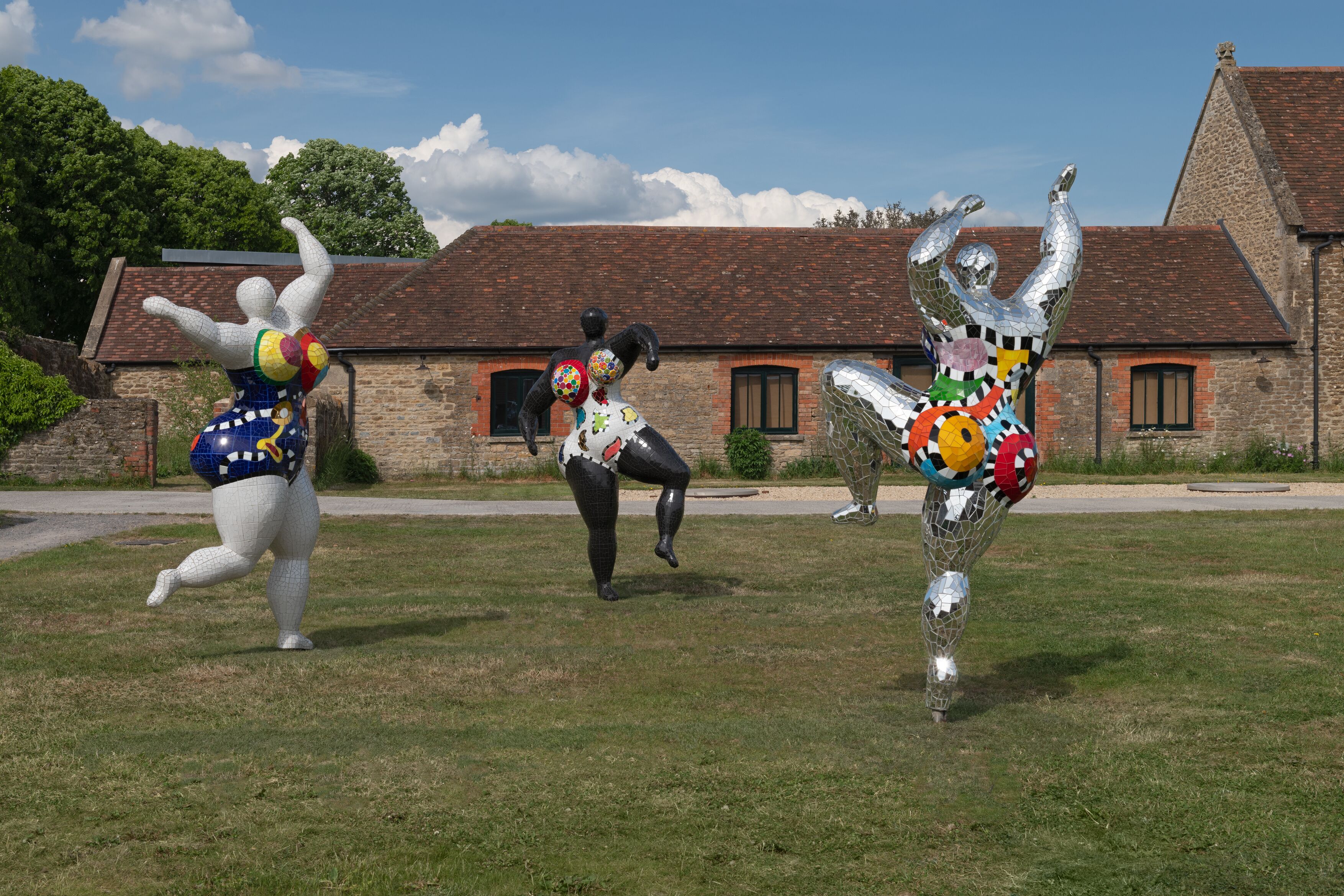
Installation view, ‘Niki de Saint Phalle & Jean Tinguely. Myths & Machines', Hauser & Wirth Somerset, 2025
‘The show is intimate,’ says Bloum Cardenas, Saint Phalle’s granddaughter and a trustee of The Niki Charitable Art Foundation. ‘There are drawings and letters from Niki to Jean. It shows some parallels between their work that are not expected or often focused on. Their playfulness is there… also, their megalomania!’ She highlights how important it is that this creative union is being explored within Hauser & Wirth’s rural setting in Somerset. The couple met in the 1950s and married in 1971, purchasing a farmhouse that they lived and worked in. ‘They had this relationship to nature and a connection with the land art movement that is not discussed enough as an influence on both of them,’ says Cardenas.
She notes that their differences complemented each other, while they also shared ideas and happily assisted one another when needed. ‘They were totally in opposition, in contrast. I think that’s why they were able to do collaborative works,’ she says. ‘They were all about art. They had an intense form of love to begin with that was very passionate, but they loved each other in a pretty unique way through their lives.’ Across the show, Cardenas says, ‘their humour, love, and competition’ is in evidence.
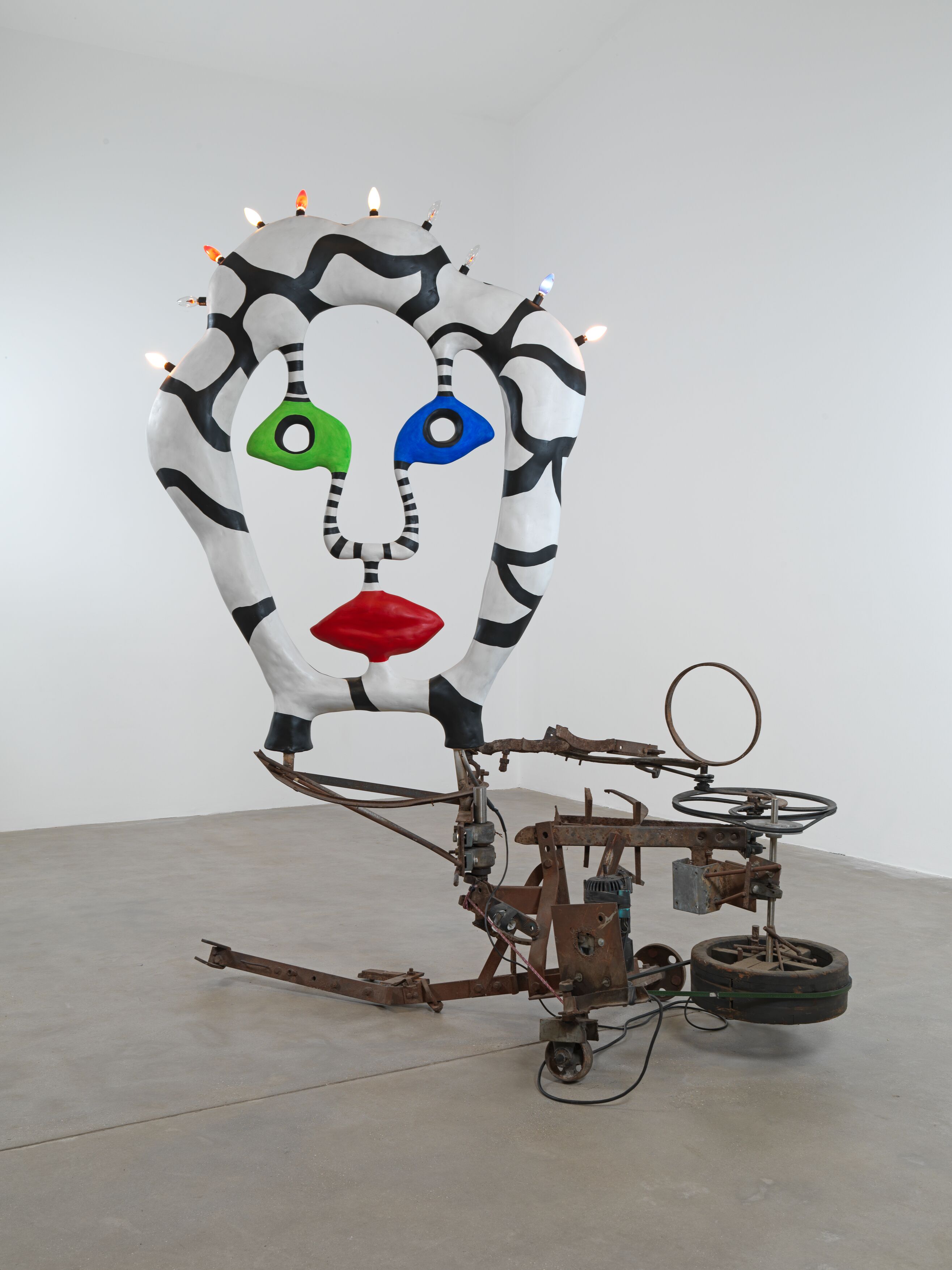
Niki de Saint Phalle & Jean Tinguely, La Grande Tête (The Big Head), 1988
The exhibition’s title highlights their combination of ancient and futuristic influences, the coming together of ancient myth and innovative machine. Cardenas describes Tinguely’s work as highly political, touching on decolonisation and the power of reusing junk. ‘Rebellion is a form of poetry,’ she says. ‘Difficult times create the potential for radical poetry, and I think his work really does that. It resonates today when we need it. This sense of freedom is so relevant for our relationship now with machines. They’re meant to help our lives but it’s the other way around.’
Saint Phalle’s work is also pertinent, as the art world revisits the power of tarot and the occult. Art was also a way for her to address early trauma. She was pushed into her first marriage at a young age, feeling trapped to fit society’s demands. Cardenas says the artist was made to grow up too soon. ‘Niki was really into fairytales,’ she says. ‘They help understand the world as we move from children into adults.’ After leaving her marriage, Saint Phalle embraced a bohemian lifestyle, with art as her central drive. ‘It gave her total freedom from her family and expectations,’ says Cardenas. ‘Art was her life, it was her god, it’s all she breathed. It was her reason for being.’

Installation view, ‘Niki de Saint Phalle & Jean Tinguely. Myths & Machines', Hauser & Wirth Somerset, 2025
She also notes that Saint Phalle’s works are all in their original state. As a rule, they are not regularly restored, and show some signs of cracking. ‘You have a pure, authentic experience. Imperfection is reality, and perfection is death.’ Across the exhibition, both artists and their passionate creative union are shown to be ahead of their time. From female freedom to the growing oppression of machines, Saint Phalle and Tinguely touched on issues that still urgently drive our world in the 21st century. As Cardenas tells me, ‘They really are better understood today by younger generations.’
‘Myths & Machines’ is at Hauser & Wirth Somerset until 1 February 2026
Receive our daily digest of inspiration, escapism and design stories from around the world direct to your inbox.
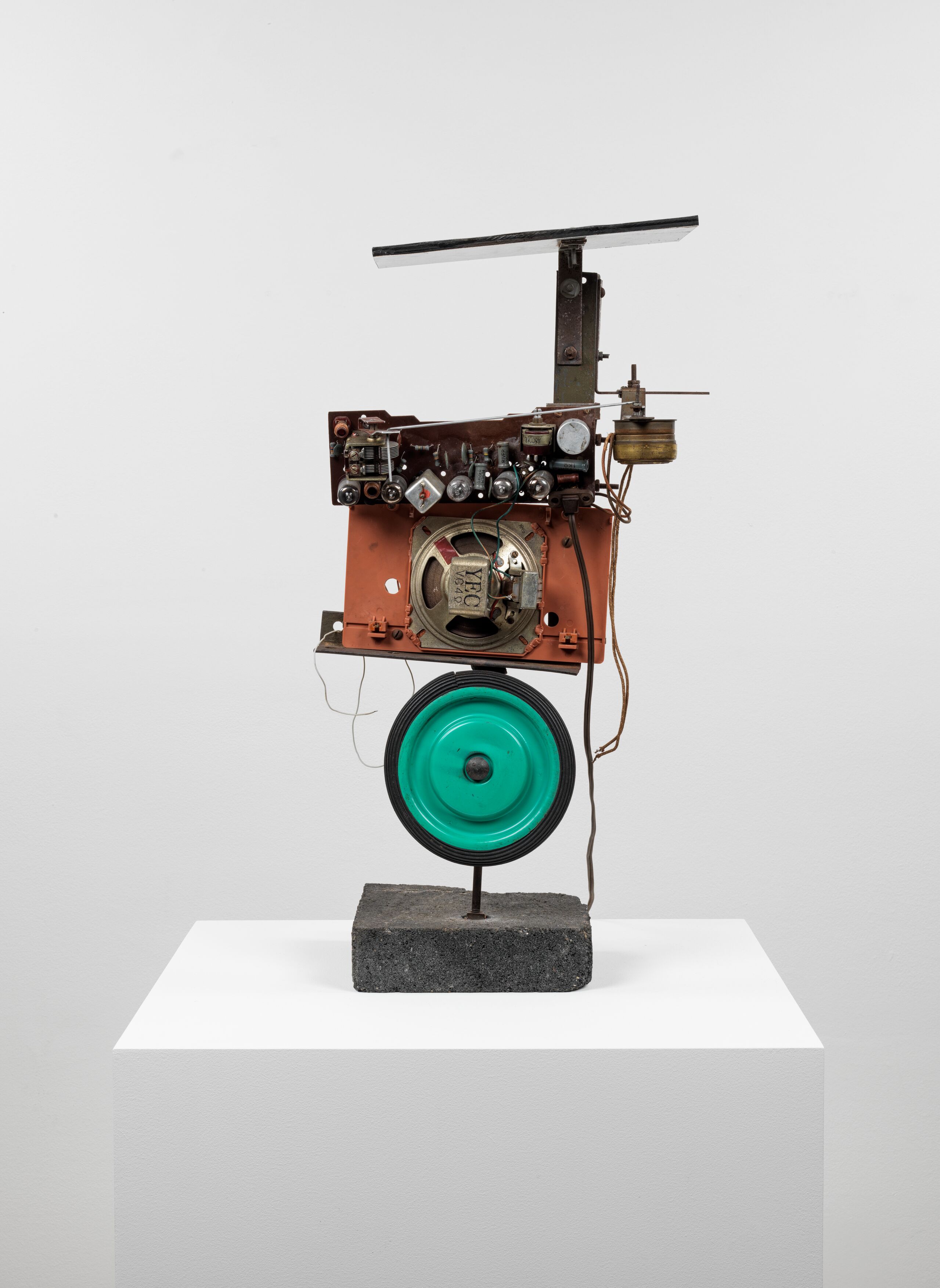
Jean Tinguely, Untitled from Radio-Skulptur (Radio-sculpture) series, 1962
Emily Steer is a London-based culture journalist and former editor of Elephant. She has written for titles including AnOther, BBC Culture, the Financial Times, and Frieze.
-
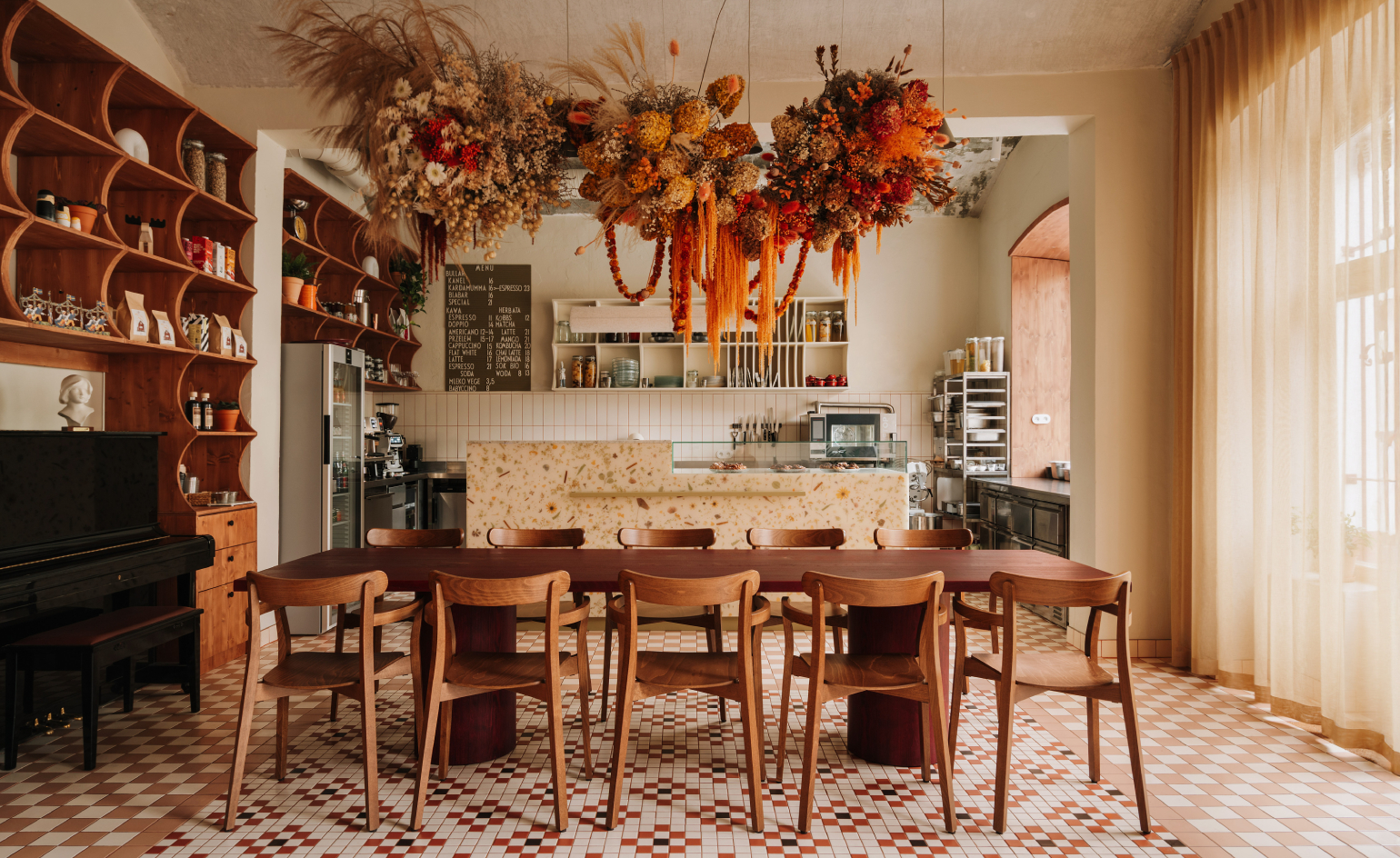 Homespun pleasures are the order of the day at this warm Kraków restaurant
Homespun pleasures are the order of the day at this warm Kraków restaurantLocated in the Kazimierz district, Dala Restaurang emerges as a space where homely character meets a love for nature and the simplicity of life
-
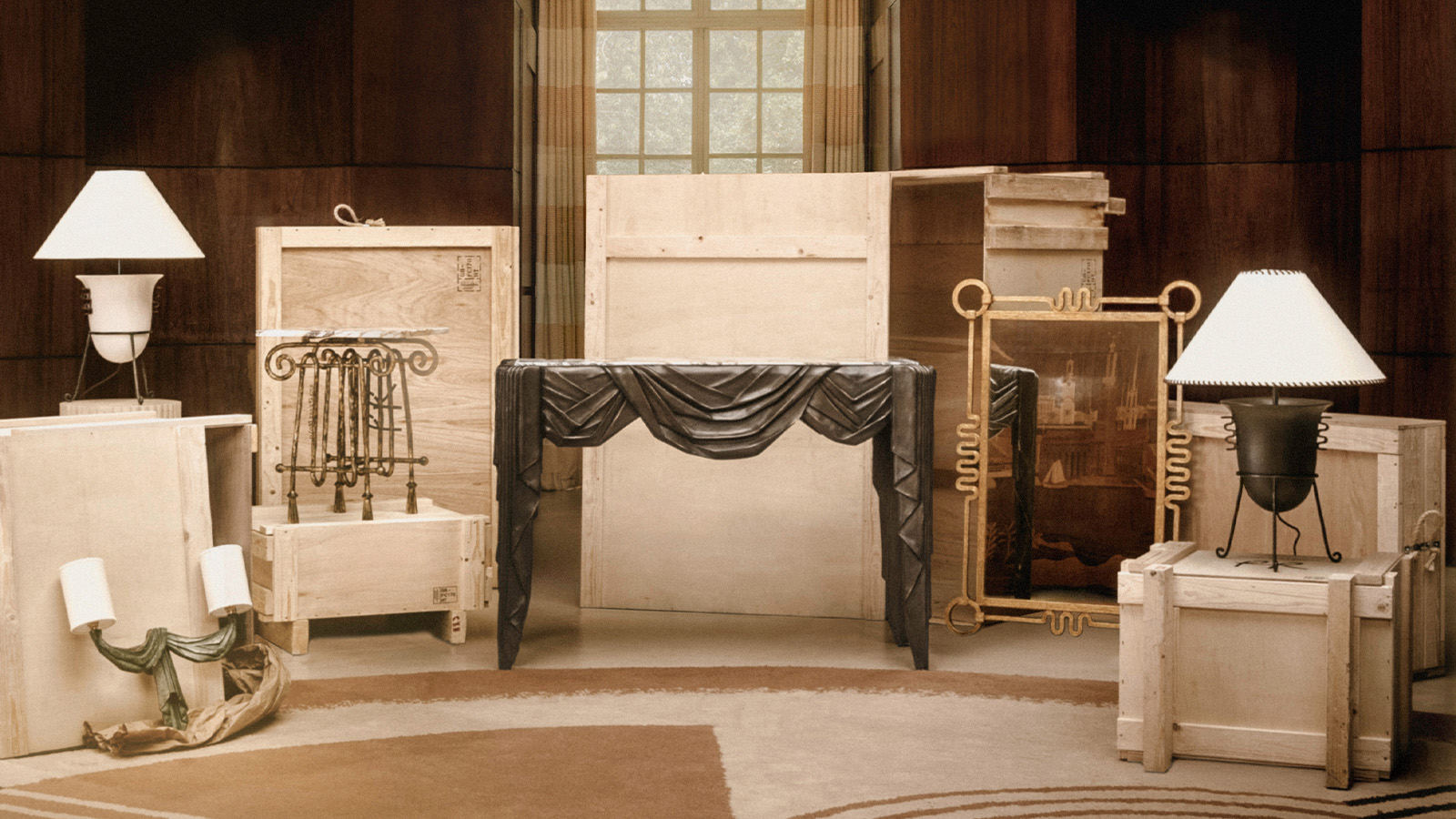 Gergei Erdei’s furniture collection with Porta Romana is inspired by treasured family heirlooms
Gergei Erdei’s furniture collection with Porta Romana is inspired by treasured family heirloomsWorking closely with the British furniture and lighting company, artist and designer Gergei Erdei drew inspiration from his grandmother’s jewellery box to create a furniture collection which has an air of antiqueness
-
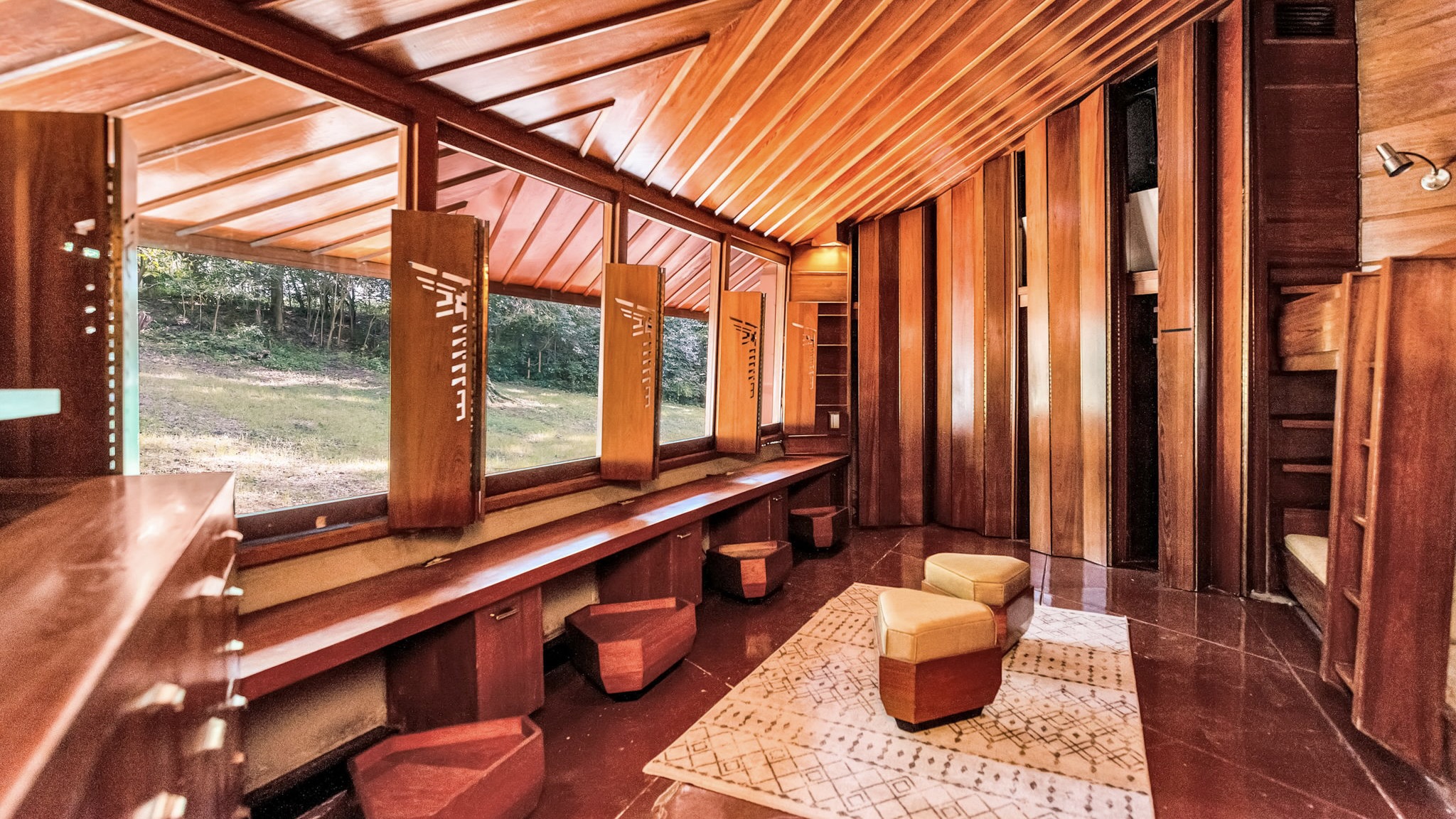 Frank Lloyd Wright’s Fountainhead will be opened to the public for the first time
Frank Lloyd Wright’s Fountainhead will be opened to the public for the first timeThe home, a defining example of the architect’s vision for American design, has been acquired by the Mississippi Museum of Art, which will open it to the public, giving visitors the chance to experience Frank Lloyd Wright’s genius firsthand
-
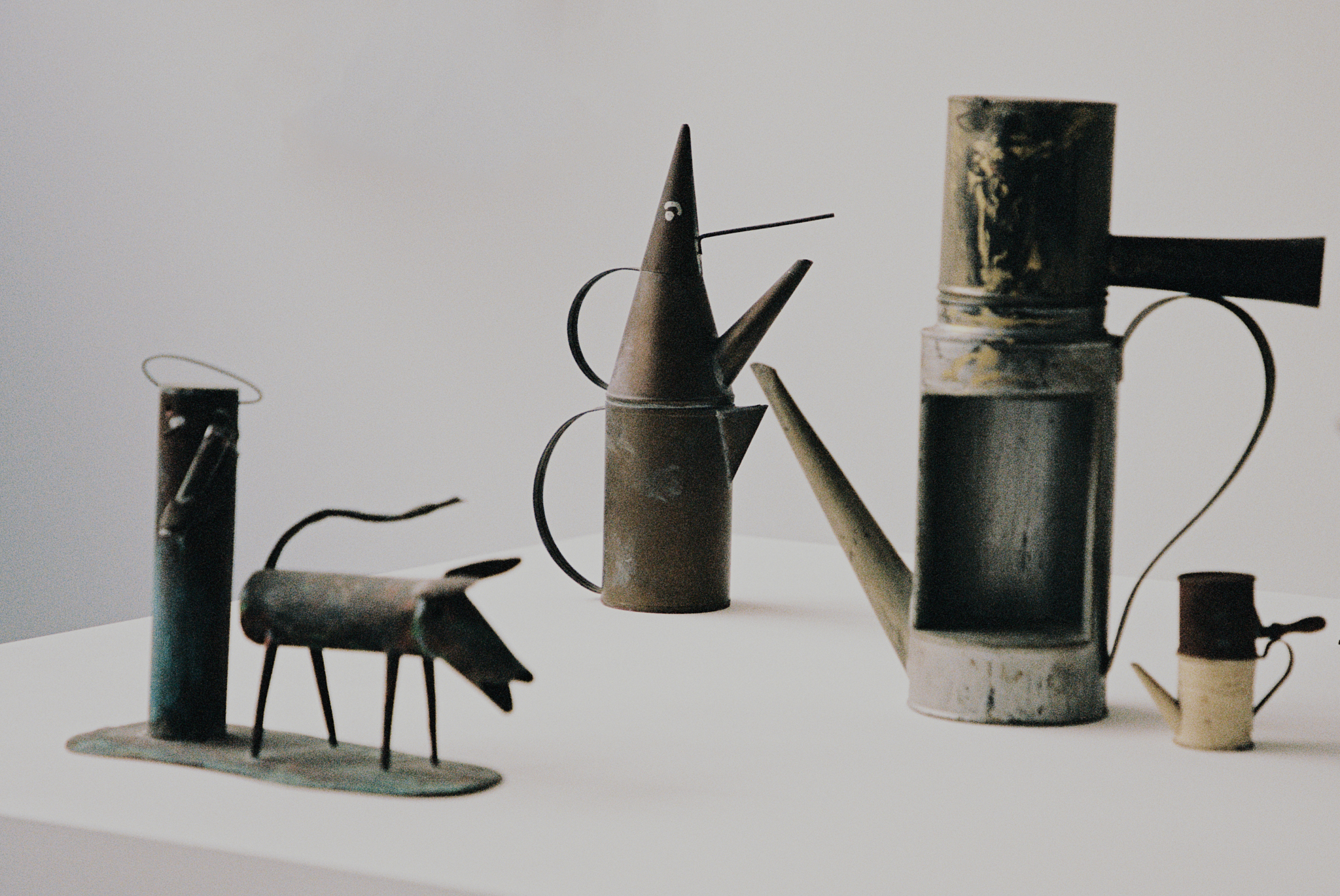 Riccardo Dalisi’s first UK retrospective opens at east London gallery Spazio Leone
Riccardo Dalisi’s first UK retrospective opens at east London gallery Spazio LeoneSpazio Leone draws together six decades of the Italian visionary’s work, from whimsical coffee pots to radical community workshops
-
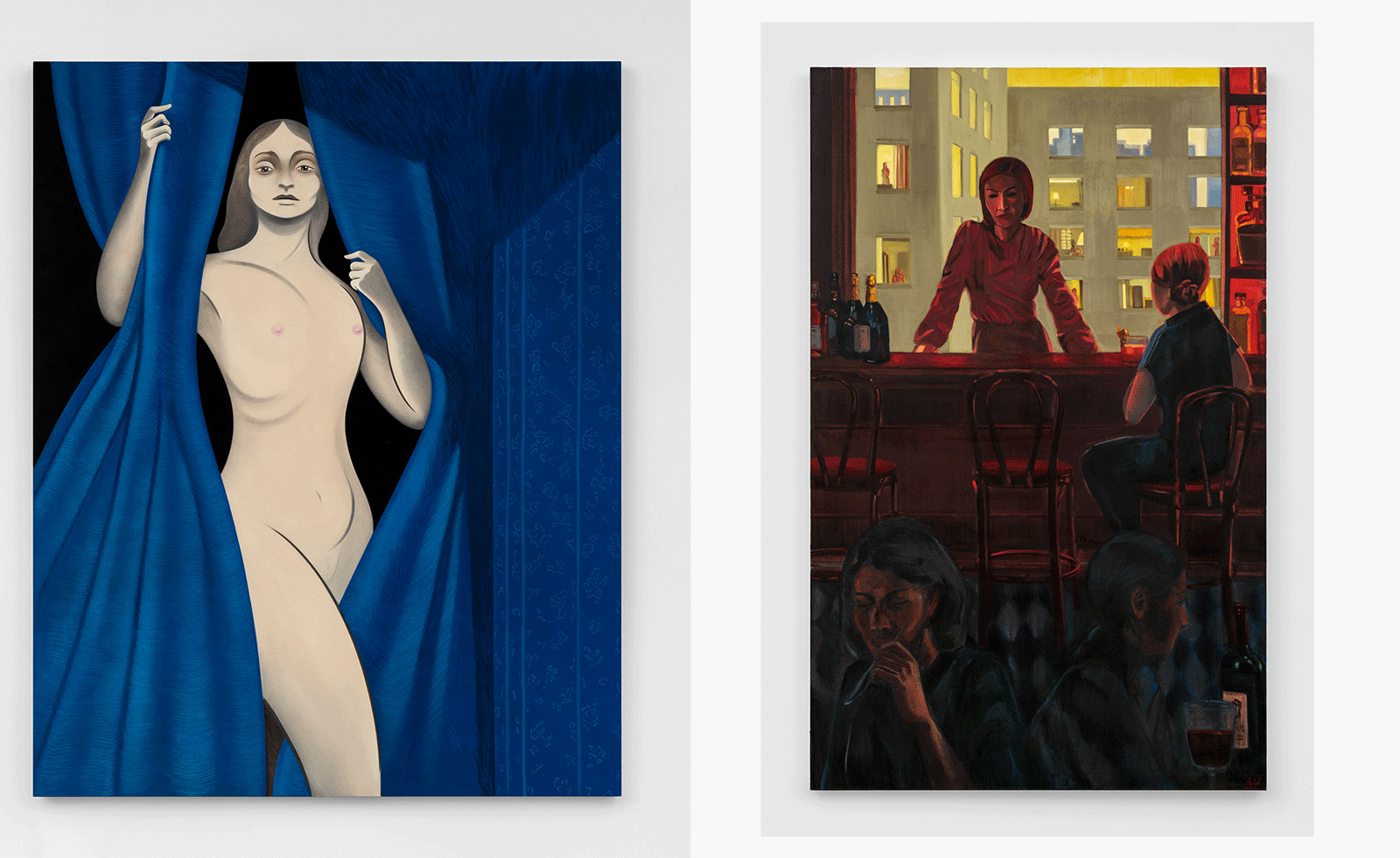 Artists imbue the domestic with an unsettling unfamiliarity at Hauser & Wirth
Artists imbue the domestic with an unsettling unfamiliarity at Hauser & WirthThree artists – Koak, Ding Shilun and Cece Philips – bring an uncanny subversion to the domestic environment in Hauser & Wirth’s London exhibition
-
 Inside the fight to keep an iconic Barbara Hepworth sculpture in the UK
Inside the fight to keep an iconic Barbara Hepworth sculpture in the UK‘Sculpture with Colour’ captures a pivotal moment in Hepworth’s career. When it was sold to an overseas buyer, UK institutions launched a campaign to keep it in the country
-
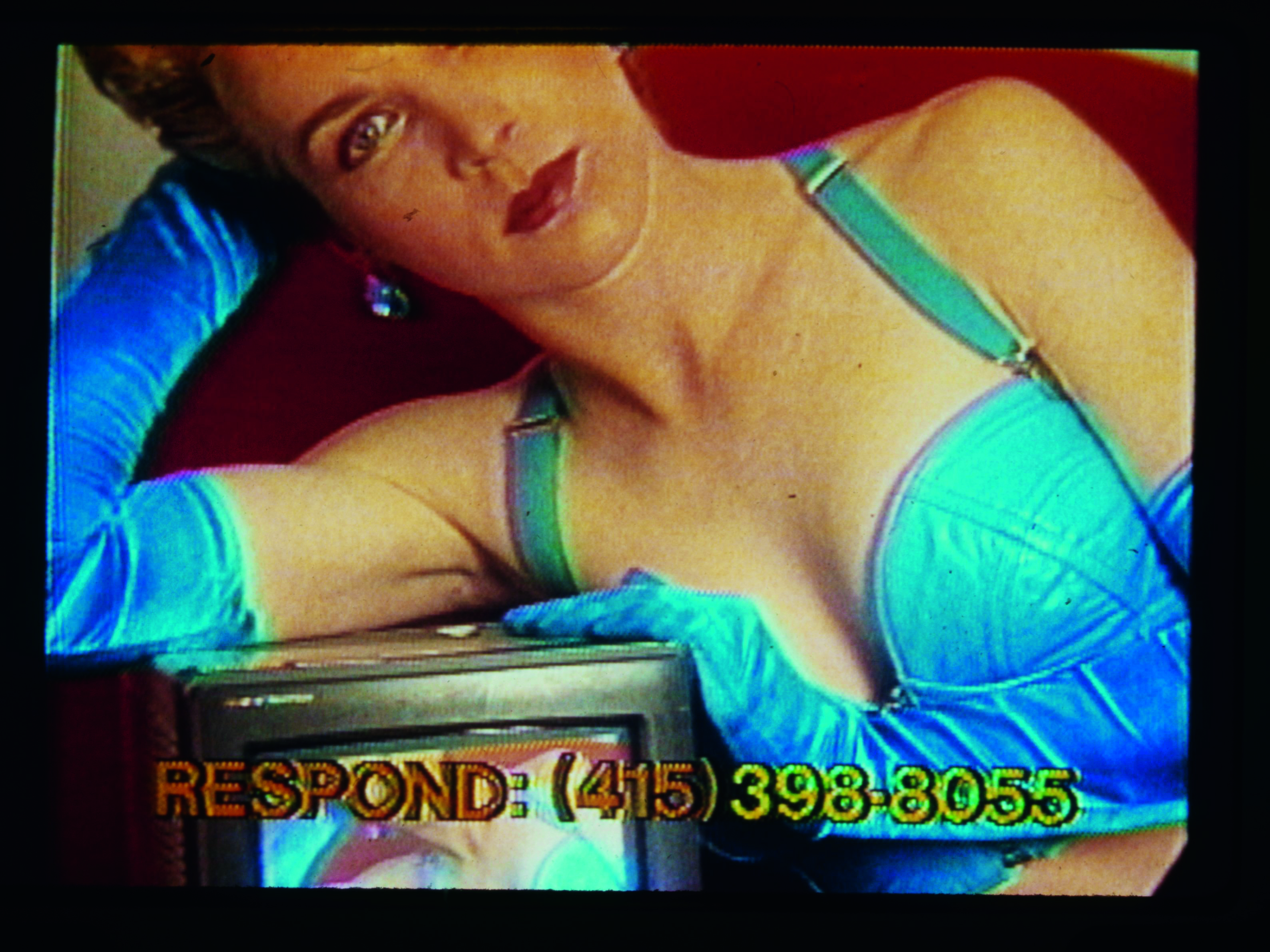 Thirty-five years after its creation, Lynn Hershman Leeson’s seminal video is as poignant as ever
Thirty-five years after its creation, Lynn Hershman Leeson’s seminal video is as poignant as everLynn Hershman Leeson’s 'Desire Inc', at 243 Luz in Margate, blurs the boundaries between art and reality
-
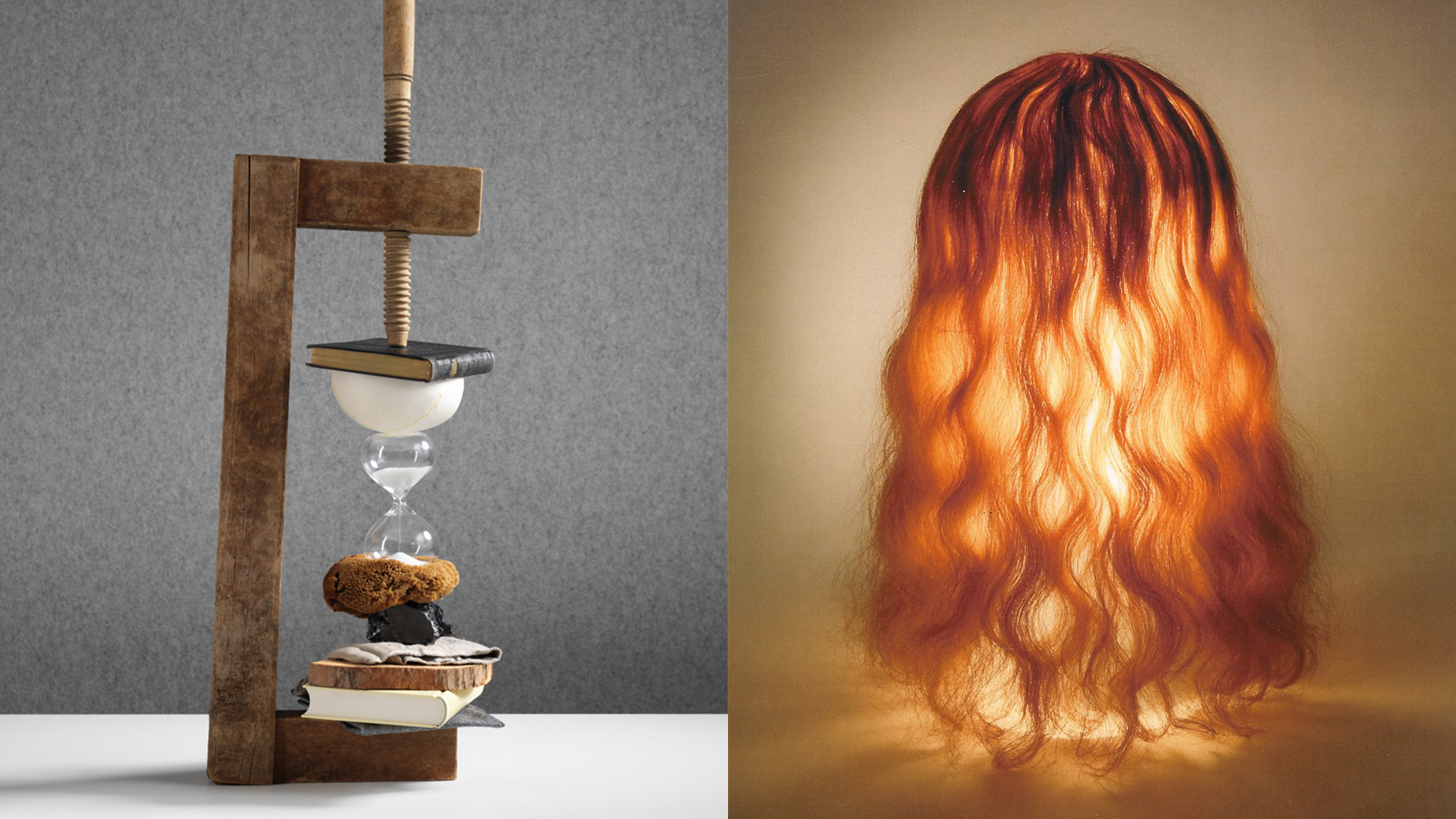 Rolf Sachs’ largest exhibition to date, ‘Be-rühren’, is a playful study of touch
Rolf Sachs’ largest exhibition to date, ‘Be-rühren’, is a playful study of touchA collection of over 150 of Rolf Sachs’ works speaks to his preoccupation with transforming everyday objects to create art that is sensory – both emotionally and physically
-
 Architect Erin Besler is reframing the American tradition of barn raising
Architect Erin Besler is reframing the American tradition of barn raisingAt Art Omi sculpture and architecture park, NY, Besler turns barn raising into an inclusive project that challenges conventional notions of architecture
-
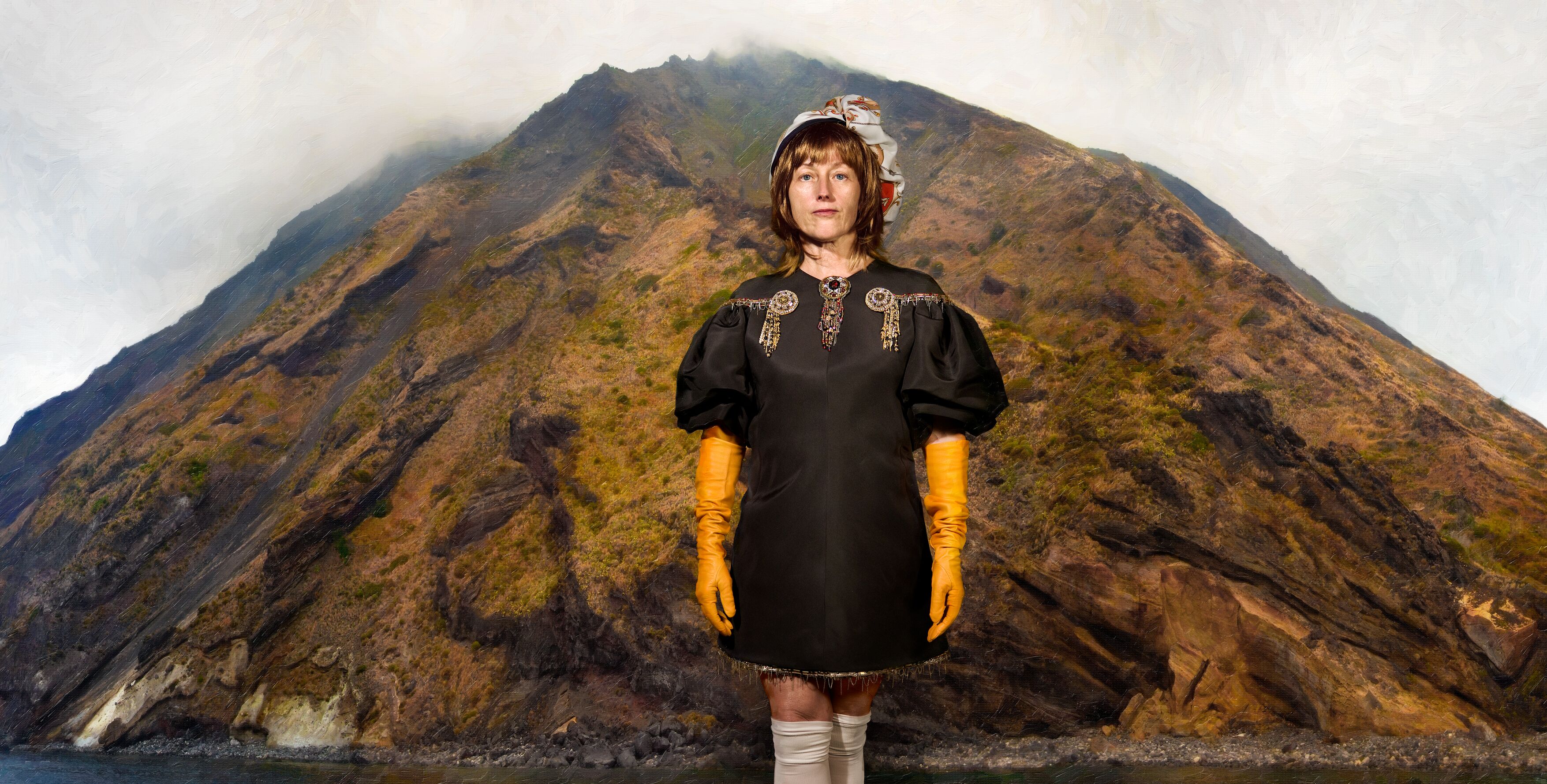 Cindy Sherman in Menorca: ‘She's decades ahead of social media and the construction of identity for the camera’
Cindy Sherman in Menorca: ‘She's decades ahead of social media and the construction of identity for the camera’‘Cindy Sherman: The Women’, its title a nod to an image-conscious 1930s Broadway hit, takes the American artist's carefully constructed, highly performative works to Hauser & Wirth Menorca
-
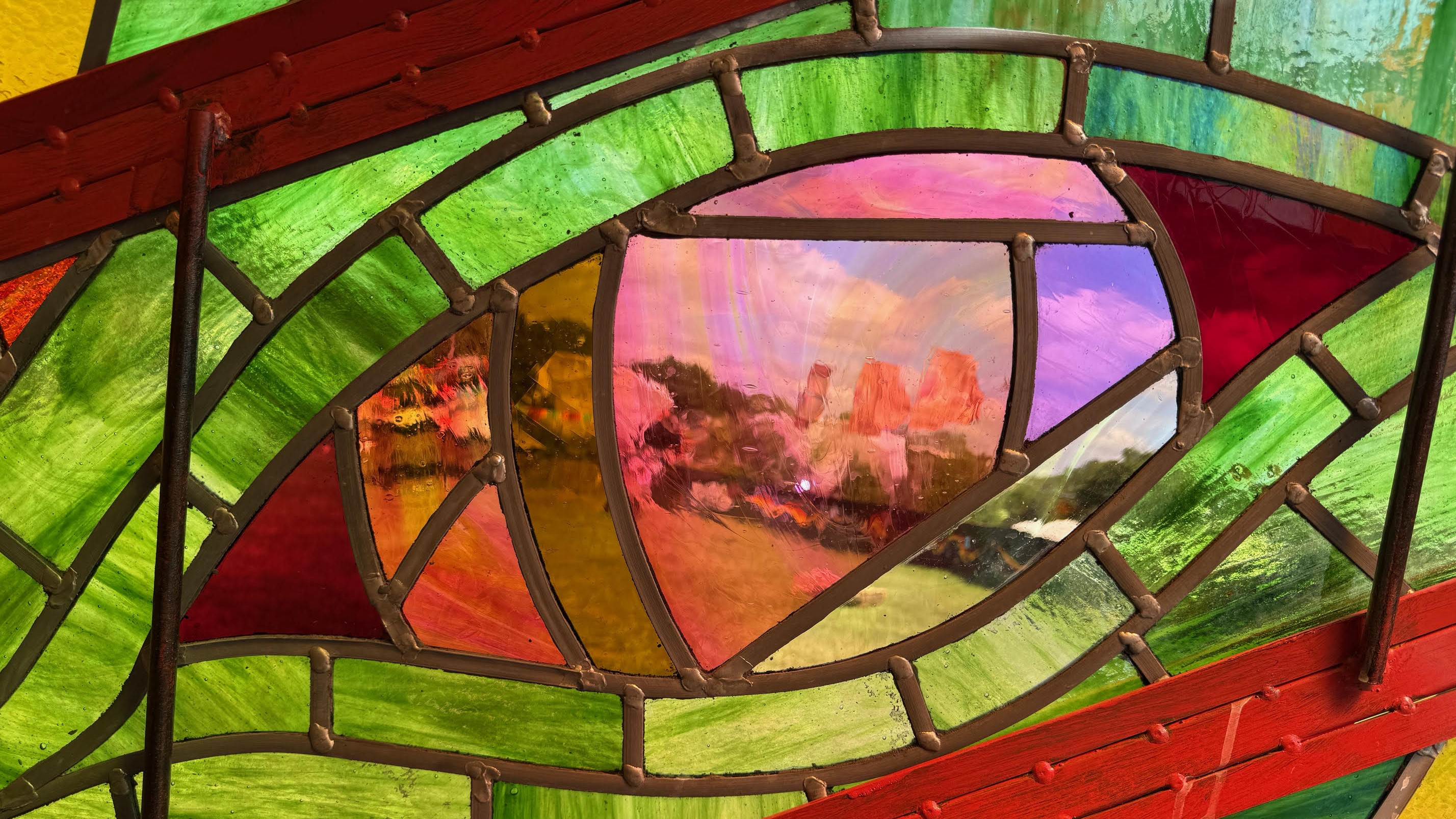 A bespoke 40m mixed-media dragon is the centrepiece of Glastonbury’s new chill-out area
A bespoke 40m mixed-media dragon is the centrepiece of Glastonbury’s new chill-out areaNew for 2025 is Dragon's Tail – a space to offer some calm within Glastonbury’s late-night area with artwork by Edgar Phillips at its heart